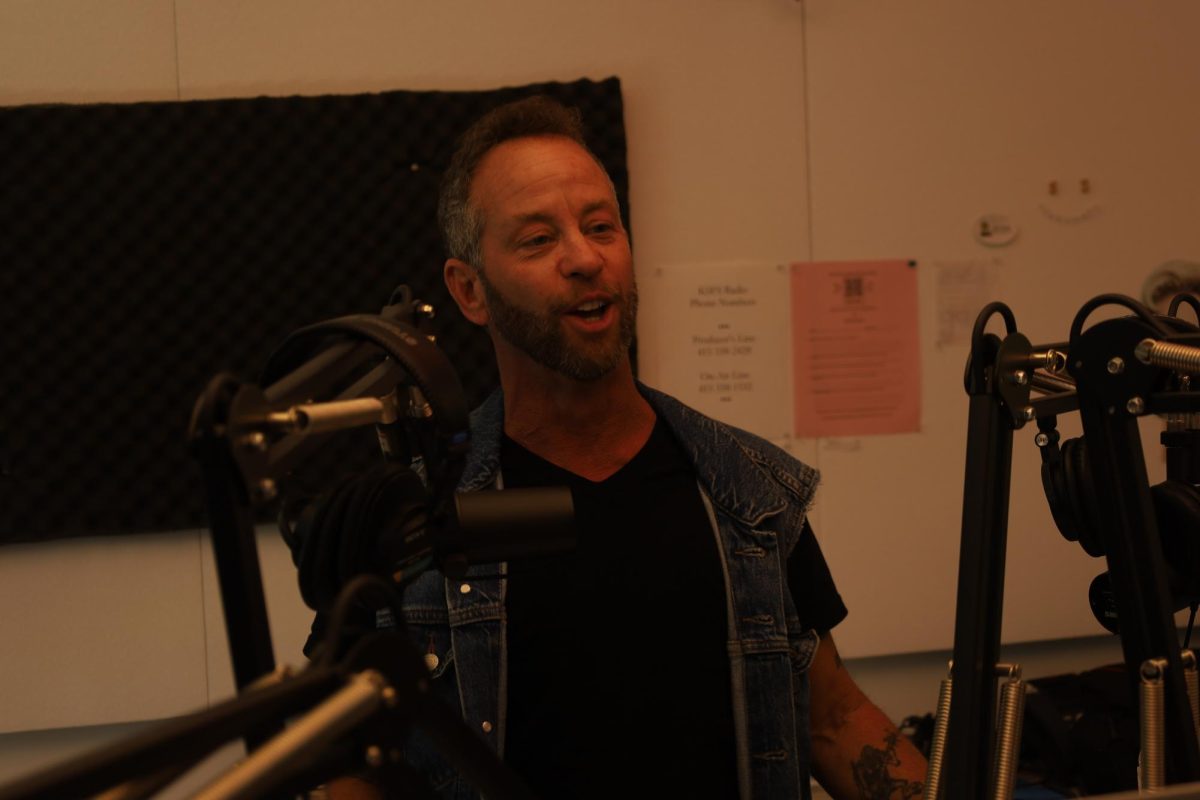Thousands have shown up to the golden anniversary exhibit that reflects on one of the most militant organizations of the Civil Rights era.
Workers at the ticketing desk said “All Power to the People: The Black Panthers at 50” is creating the largest turnout for any one exhibit they had ever hosted at the Oakland Museum of California. The exhibit was recently extended two weeks due to popular demand and is now open until Feb. 26.
The showcase focuses on The Black Panther Party for Self-Defense, and opened nearly 50 years to the day after the BPP was initially founded.
Initially a small band of militant civil rights activists, the Panthers’ mission became that of a revolutionary socialist party as typified in their “Ten-Point Program,” that was printed floor to ceiling in bold white letters on a black wall midway through the OMCA exposition.
Some of those BPP program demands included an “end to the robbery by the capitalist” of black people, “decent housing,” “full employment” and “freedom for all black men” in “prisons and jails.” Those same demands can still be heard echoing through modern movements such as Occupy Wall Street, Black Lives Matter and last year’s national prison inmate strike.
Tad Isaacs, a political science lecturer at SF State who specializes in social movements, said that the BPP were without direct parallel, but believes that they created the ideological space for later movements.
The BPP and those like them “…legitimized the notion of radical Black identity…,” Isaacs said in an email. “They created ‘cultural opportunities’ for Black and, for that matter, other radical activists to come. In that sense, Black Lives Matter is a descendant of the Panthers and the Black Power Movement.”
Large portions of the exhibit were geared toward dispelling common conceptions of the party. Wall placards acknowledged that the image of the BPP was one of “black men with guns,” but pointed out that “by 1970, women made up two-thirds of the party’s membership.” Other installations highlighted the Panther’s free grocery program, community clinics and free breakfasts for school children.
Historical artifacts and images were coupled with modern art installations. Several archival pigment prints created by South African conceptual artist Carrie Mae Weems showed reenacted scenes from the era, including “Capture of Angela,” which depicts the 1970 arrest of famed activist and Black Panther Angela Davis.
From 1980-1984, Davis would work as a professor at SF State in the College of Ethnic Studies. In 1968, SF State students launched the longest student strike in history to protest racial inequities on campus. The BPP, allied with the students, would eventually send Bobby Seale, Panther chairman, to speak to the striking students. The strike laid the groundwork for the foundation of the ethnic studies program, the first of its kind, in which Davis taught classes.
While the Panthers were nearly an all-black organization, the crowd at the OMCA ran the gamut. Multi-ethnic visitors ranging from infants to octogenarians were in some cases awed by the display.
Comlow Looper, a San Franciscan who had recently relocated to Oakland, brought along his 6-month-old daughter. He said it was refreshing to see such a diverse group of people coming together to reflect on this piece of history.
“I thought it was powerful,” said Looper.





